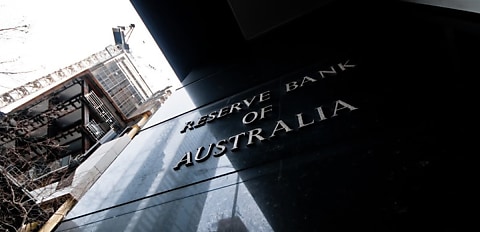In the latest RBA Bulletin, the Reserve Bank of Australia (RBA) has broken down the argument that the relationship between interest rates and rents is evidence that higher interest rates have driven increases in rents over the last few years.
This is due to leveraged housing investors passing through increase in their interest costs to their tenants. The RBA utilised anonymised tax return data covering 2006/7–2018/19 in order to estimate the direct pass-through of interest cost changes in rental income.
“In 2022, the median renter spent 25 per cent of their disposable income on rent, with low-income households tending to have the highest rent-to-income ratios. As such, changes in rents have significant implications for households’ spending power and financial wellbeing,” the analysis said.
“A view that is often put forward is that higher interest rates push up rents in the short term by raising costs for indebted housing investors, which they, in turn, will pass on to tenants.”
The RBA found that on average, for every dollar increase in investors’ mortgage interest costs, they increase rents by 1¢. For context, the median monthly interest payment for leveraged investors increased by approximately $850 between April 2022 (a month before the RBA began tightening monetary policy) and January 2024.
According to the RBA, its estimates suggested that the $850 increase in mortgage interest payments would have raised rents by less than $10 per month, or around $2 per week, equating to an increase in the median monthly rent of around 0.4 per cent in January 2024.
“Overall, we find limited evidence that investors pass-through changes in their interest costs to their rents,” the RBA said.
“This is consistent with the standard view that the level of housing demand relative to the stock of properties available is the key driver of rents. Indeed, the RBA’s assessment is that high rent growth in recent years reflects this fundamental force.
“Housing demand has been strong, supported by high population growth and increased preference for more space, while supply has been hampered by ongoing capacity constraints and increases in construction costs.”
However, the RBA said that there are limitations to its approach, as its approach attempted to infer the extent of pass-through by observing whether investors with higher debt change rents by more than investors with less debt.
“In doing so, we are effectively ruling out the possibility of ‘spillovers’ between the rent-setting decisions of highly indebted investors and the rent-setting decisions of less-indebted investors.”
The RBA said that if investors with larger mortgages increase rents due to higher interest costs and less-indebted investors follow suit, then its approach would “incorrectly infer limited pass-through of interest costs to rents”.
“Given the nature of Australian housing markets, with lots of individual landlords all competing for renters, this ‘no spillovers’ assumption may be reasonable. But others may believe it is a strong assumption, and we cannot verify it,” it said.
“Our sample period, from 2006/07 to 2018/19, does not include a period where interest rates rose as much as they have in the current cycle. It is plausible that pass-through could be higher when interest costs rise sharply. This will be easier to test when data covering the last couple of years becomes available.”
[RELATED: RBA tackles inflation expectations in its latest analysis]

